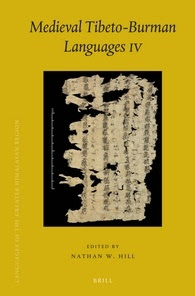Shaping the Stein collection’s Dunhuang corpus (2): the items from Cave 17’s ‘miscellaneous’ bundles
Shaping the Stein collection’s Dunhuang corpus (2): the items from Cave 17’s ‘miscellaneous’ bundles
In a previous blog post , we looked at the instrumental role played by Wang Yuanlu during the selection of the items from the Cave 17. Wang, who directly chose from the small repository what to hand over to Stein for inspection, was very keen to divert his attention from the so-called ‘regular’ bundles, which were composed for the most part of Buddhist sutras in Chinese and Tibetan. During their first ever transaction, which took place between 21 May and 6 June 1907, Wang Yuanlu therefore began by handing over the ‘miscellaneous’ bundles, which he seemed to hold in low estimation. To Stein’s delight, these contained mixed and diverse materials, such as manuscripts in non-Chinese languages, illustrated scrolls, paintings, drawings, ex-votos, textiles, etc. Stein picked out any of the items that jumped at him as being particularly interesting and made sure to put them aside for ‘further examination’, the phrase that he used to refer to their removal in his transaction with Wang. This
- Get link
- Other Apps

Comments
Post a Comment